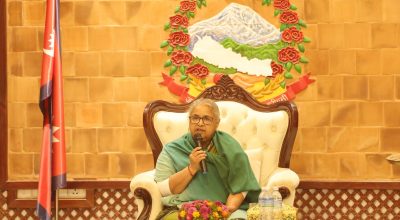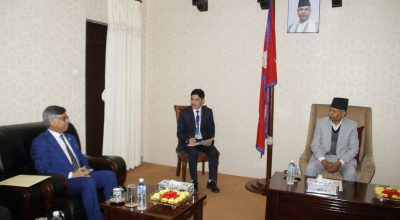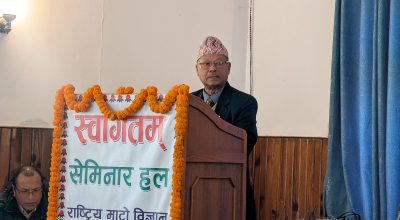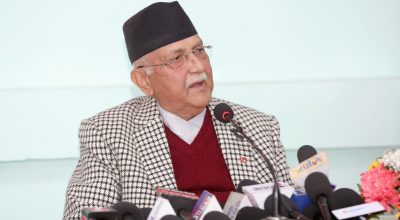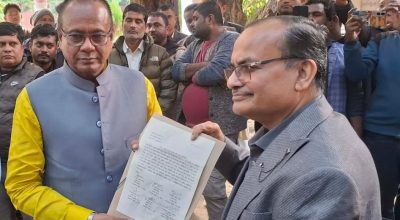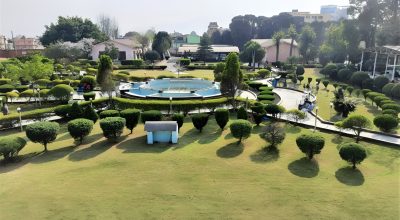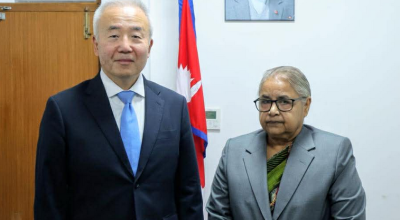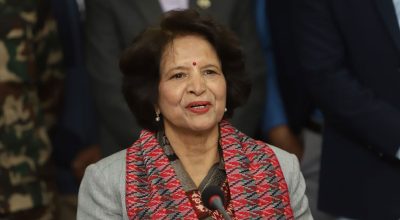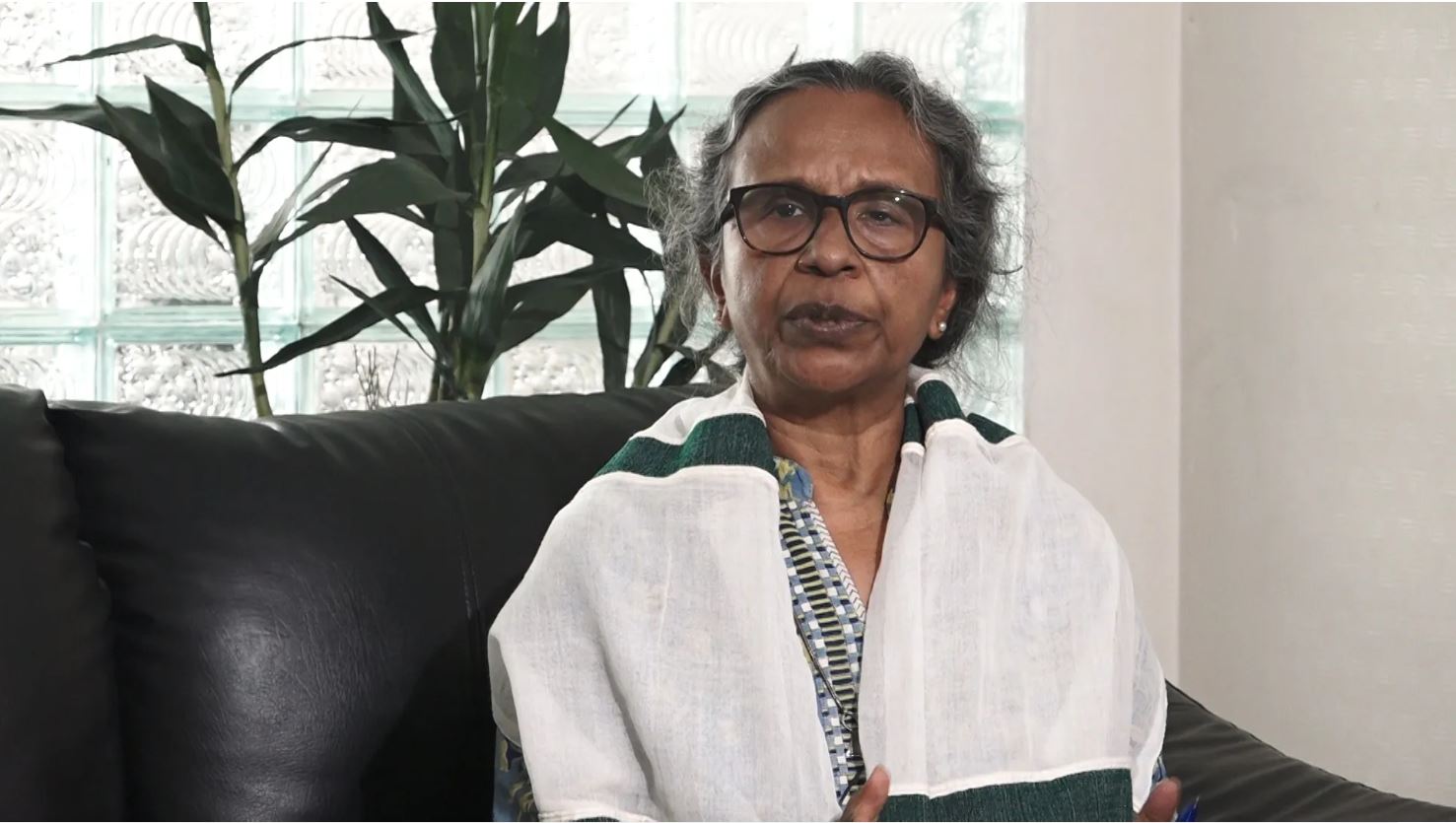
Situation of migrant women
When we are talking about migrant women particularly migrant women workers we have to recognize that they are a very large body. For example, a computer scientist who goes from South Asia to work in the United States is also a migrant women worker. Similarly, a woman who goes to work as a domestic worker in the GCC countries is also a migrant women worker. So, there is a wide difference in terms of the background between the two women. So, I would say the work that our members or partners do focuses on low waged women migrant workers, and most of these women about 80% of these women work in the service sector. So, there are domestic workers, factory workers, construction workers, and garment sector workers the commonality is that they do not earn a lot of money. They are in the low waged sector. The second thing is all these workers go as temporary members. They even could not get a permanent residency. They leave for contractual labor. Normally, they go for 2 years, for example, if they are going to Israel then for 5 years. They fall under the temporary labor migration regime.
Because of the nature of the work and way of recruitment and processes of migration, there are lots of vulnerabilities built into the system. For example, if they are going as a domestic worker in another person’s household, they don’t have a common language, they don’t understand the culture of host country and they work in a private household. So they don’t have a community, they can’t contact anybody, and feel lonely.
There is very little rights protection at the workplace. For example, they are facing problems with the employer or facing non-payment of wages. If they are facing overwork they can’t complain to anybody. So, there is very little protection of workplace rights.
Secondly, there are some problems with the recruitment systems in the way they are migrating. Generally, I would say, in terms of rights protection there is very low rights protection which affects their entire situation. The situation isn’t worker-friendly.
Are the laws sufficient for migrant workers?
I would say the situation is mixed because the South Asian states Sri Lanka, Nepal, Bangladesh, etc. have made a conscious decision to send workers abroad on the temporary labor migration regime. There is also a conscious promotion of women’s labor migration. So, some laws have been made and I would say some laws are good. And based on need some laws have been amended. So, the mixed scenario is sometimes the laws are good but not being implemented. Sometimes the laws are very protectionist towards women but they don’t protect their rights. Finally, when we are talking about migrant workers, it is not only the laws in the countries of origin important it is also extremely important for the migrant workers to have good laws in the countries of destination. And when we are talking about countries of destination especially when we are talking about GCC countries the rights are not very protective towards migrant workers.
I would say the women are at risk not because they aren’t strong or because they have any inbuilt problems. Women are facing problems because of systemic reasons, because of legislative reasons. Particularly if we are talking about the government of the country of origin they have not been able to negotiate with the countries of destination. They don’t seem to have a lot of bargaining power with countries of destination. What we have noticed is, there is also very less cooperation and coordination with the countries of origin. It seems like a competition and like a race to the bottom. Suppose a country says “Our workers should get $300”, then another country comes and says “Our workers can work for $150”. And that brings the situation down.
The governments have created a recruitment system and the recruitment system needs reform, it needs to be more accountable to the workers. Governments have been focusing on raising awareness within communities. There has been a lot of work going on in safe migration information generation. Comparatively speaking women and men are going with more information. But if I have information that doesn’t mean I have the power to act on it. Sometimes the system stops people from acting on the information they have. There needs to be protection of rights in the workplace. So, the governments of countries of origin should have stronger bargaining power with countries of destination.
Discrimination and violence do not happen only in countries of destination. More than 30 member organizations of GAATW, in many countries around the world have researched women migrant workers. And the data that is coming out shows that the discrimination and violence in women’s lives started much before they migrated. Women in these demographies have reported discrimination and violence that has continued in the countries of destination as well. Most shockingly what we are noticing is that there is stigma and rejection when women return after working in another country. This is a huge problem. In the past two years, our partners had researched nearly 500 women workers who had returned to their home country. And this was in four countries in South Asia. Many women reported, upon return, they felt rejection and stigma from their family and community. They were very upset that even their home country doesn’t recognize their contributions to the economy because they felt that they had worked hard. And the data shows that most of the women migrant workers send all their earnings back home in comparison with men. Despite that, they felt that there was not much recognition.
Media have a very big responsibility
When there are problems that the women migrant workers are facing, we from the civil society talk about it, women who have returned talk about it, and women in countries of destination where they have freedom also talk about it, and that goes out in the media. The hope behind that is if we put out the problems, the problems will get solved. But what happens is by talking exclusively about the problems somewhere the stigmatization also increases. All women who return are seen as abused women. We live in a patriarchal society, and our attitude towards women is a bit suspicious for example, what kind of dress is she wearing, who is she looking at, etc. So, all this also plays a role. The moment the problems are highlighted it also enhances the stigma. So, the challenge for media persons is how can they tell stories and talk about the problems but also talk about the strength of the women. This is very challenging for women as there is limited time and limited space and within that how can they cover both topics in a way that would not blame the women. That will expose the hypocritical values of society toward women.
Our state can also play a role in this. In the past few years, the increment in women labor migration that we are seeing is because of the policies. Because the opportunities are there that is why the women are going abroad. There is a lot of promotion of labor migration. All our states have communication outlets. How could they present a strong image of women? How could they publicly represent that these women are contributing equally to our economy and that they are the contributors to the development of our state? If there is a public acknowledgment of the contributions of women to the state, then it can change the narrative.
I would like to end this by saying that in all my years of work, I have been amazed by the strength and power that women have. Even today despite all the problems that women migrant workers in low-wage jobs face, they have shown tremendous strength. And also, in South Asian states upon return, they are forming small groups. In Nepal, Sramajibi Mahila Sanjal has been created, returnee migrant women’s workers’ group has been created they are strong and they are advocating for their rights. In countries of destination also they are organizing. There are community volunteers from the countries supporting them. So, I would say if we continue our efforts, reflect on problems and opportunities, analyze and move forward I would say there is hope that changes can happen.
Bandana Patnaik works at Global Alliance Against Trafficking Women (GAATW) which focuses on women’s rights in the context of labor and migration.





